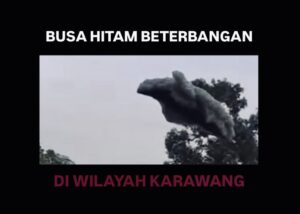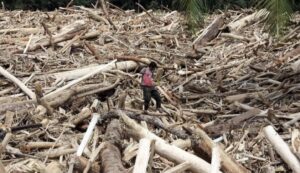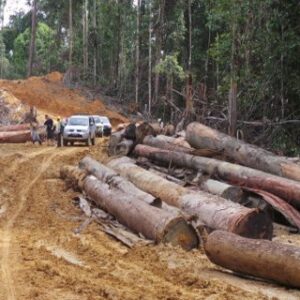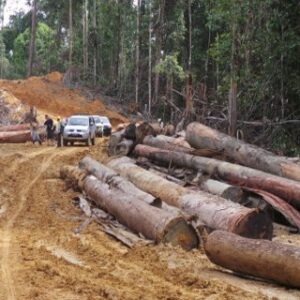Textual and Contextual Analysis of the Wayang Orang Ngesti Pandawa Performance of the Kulandara Geni Play, Directed by Widayat in 2014

Author(s): Wijanarko Wijanarko, R.M. Pramutomo, S. Sriyadi
Institution: Institute of the Arts Surakarta, Indonesia
Category: Articles, IJMMU, Cultural Heritage, Performance
Topics: Wayang Orang; Ngesti Pandawa; Textual; Contextual; Kulandara Geni Play
Abstract: Kulandara Geni is one of the episodes in the wayang (puppet theater) narrative produced by artists in Wayang Orang Ngesti Pandawa in 1967. This play is a composite story derived from the Mahabharata epic, featuring its own uniqueness and strengths. The difference lies in the characters of Punakawan, who serve as humorous attendants and play a significant role, becoming a model for derivative stories to this day (babon). Additionally, the differences include the social criticism (madang miring) that is implicit within it. In 2014, the story of Kulandara Geni was produced again by Ngesti Pandawa and presented at WOSBI in the RRI Surakarta Auditorium, directed by Widayat. The Kulandara Geni play directed by Widayat has characteristics aligned with socio-cultural developments. In relation to this, the article aims to describe the textual and contextual aspects of the wayang orang performance with the Kulandara Geni play directed by Widayat as presented by Ngesti Pandawa. Through this, it is hoped to provide an overview of the presentation style and the various socio-political circumstances surrounding it. This research employs qualitative data analysis methods with an ethnocoreology approach. Data analysis is conducted by combining general interpretations and conducting in-depth studies with a multidisciplinary perspective. The research findings reveal various elements of the textual and contextual structure of the Kulandara Geni story.
Article can be downloaded here >> Textual and Contextual Analysis of the Wayang Orang Ngesti Pandawa Performance of the Kulandara Geni Play, Directed by Widayat in 2014








